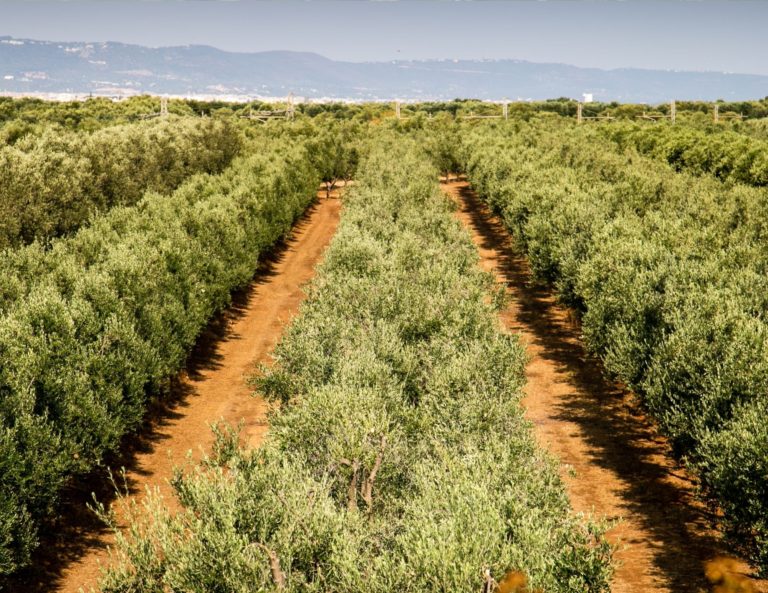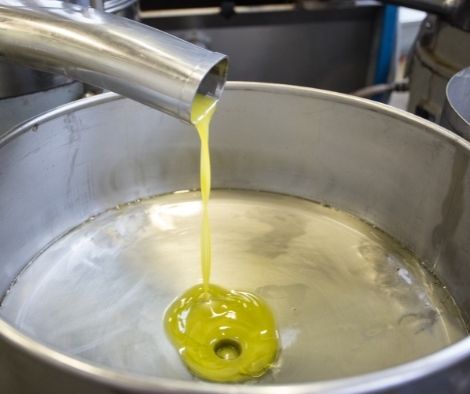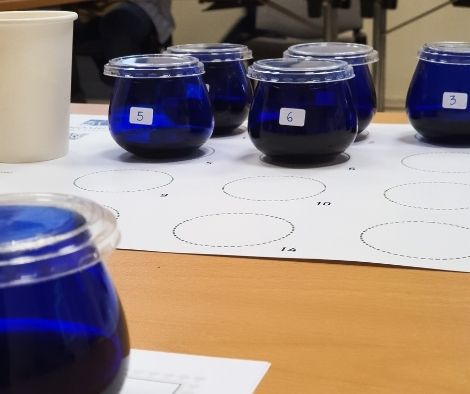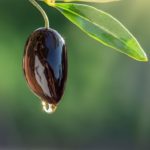The quality olive oil Decalogue
Olive oil is the natural juice of the olive tree. Its high quality is directly linked to the practices applied from the olive grove to the pressing and the storage conditions to its standardization.
In the context of the Pancretan Olive Oil Competition, which in recent years has become an essential means of promoting and highlighting Cretan Extra Virgin Olive Oil, the Region of Crete, in cooperation with the Agrofood Partnership and the Sensory Evaluation Laboratory of Crete ACR, developed the following basic guidelines.
Ten tips for a qualitative olive oil
-
We keep our olive grove in balance
by applying the proper cultivation care at the right time (pruning, fertilization, irrigation, disease, and weed control) to ensure healthy trees, quality olive fruit without contamination, and a balanced environment.
-
We use only formulations approved for olive cultivation,
respecting the minimum times and avoiding contamination while protecting our precious environment.


-
We schedule the harvest
when the fruit is at the proper stage of ripeness (avoid overripeness) and with special care to prevent damage from rakes or improper handling on the harvesting nets. Avoid using a chainsaw at the same time as harvesting to avoid contamination of the olive oil by mineral oils.
-
For the transport of the olives to the mill,
we use certified and clean crates or jute bags (NEVER plastic bags). We make sure that the pressing is done on the same day.

-
At the mill, we insist on:
a. meticulous cleaning every day at all stages of production (dehydrators, washing machine, crusher, macerators, decanter, separators, and piping); b. low temperatures at all locations from the macerators to the dividers (ideally up to 27 C); c. correct maceration time (45 minutes depending on the olive variety and ripening stage); d. Avoid adding water to the crusher and macerators unless necessary.
-
Ensure careful handling
of the different batches of olive oil in the mill to avoid any deterioration due to mixing with another set of lower quality or organoleptic profiles.

-
We store our precious oil ALWAYS
in clean stainless-steel tanks, free of odor residues of previous batches (molds) and in controlled conditions (temperatures below 20 C). If possible, the tanks should always remain full (or use inert gas) to avoid oxidation and quality degradation.
-
We seek to filter our oil
as soon as possible to avoid any deterioration in quality due to moisture and solid residues from the production process.

-
We make sure
that the quality characteristics (organoleptic or chemical) of each batch of olive oil are analyzed BEFORE it is mixed with other clusters or standardized.
-
We ALWAYS control
temperature, light, oxygen, humidity, and time are the main factors that contribute to deterioration at all stages of the production and handling of our olive oil.

Share the article
If you are in an agronomy business, own an agronomy shop, and are seeking a collaboration opportunity with AgriSC, fill out the form below. Our team will respond promptly!



